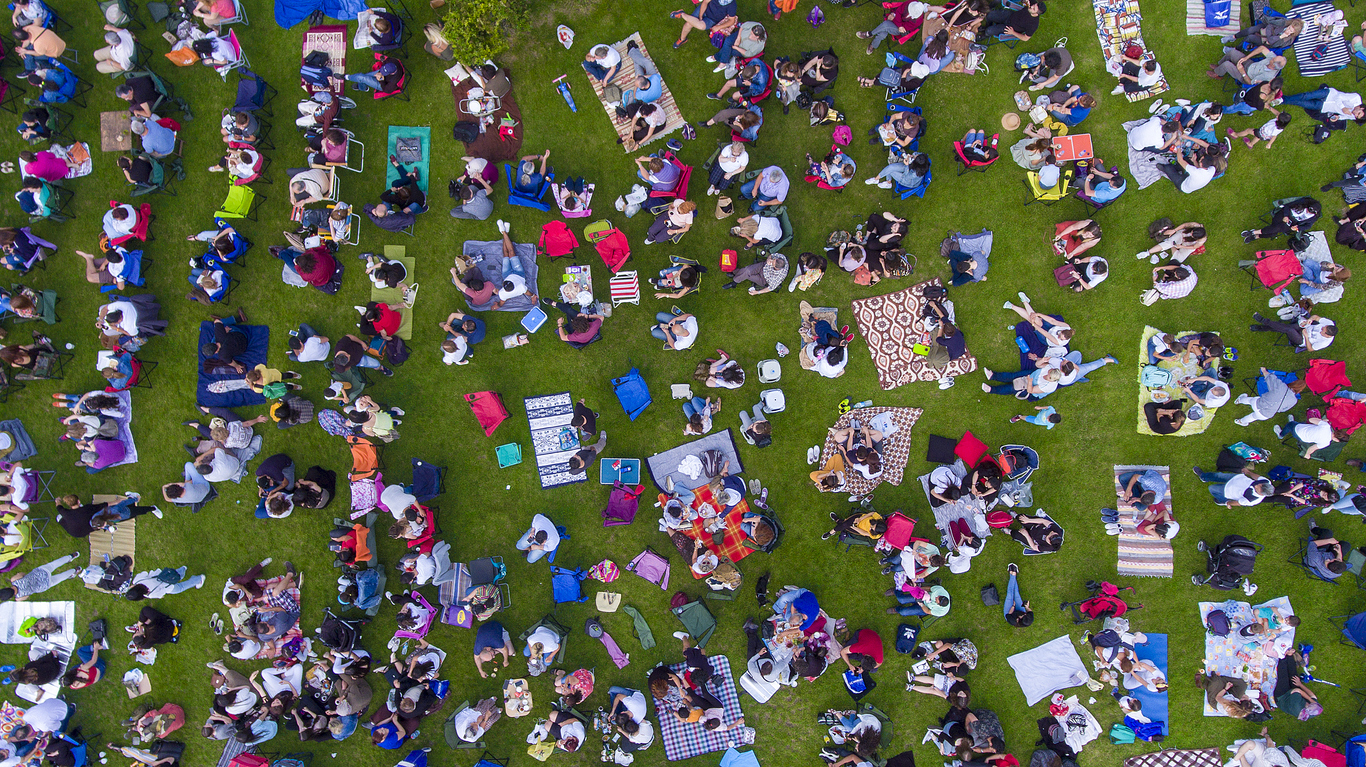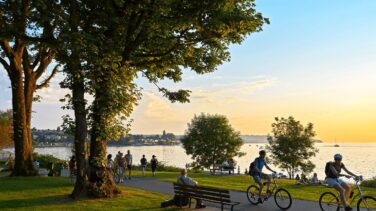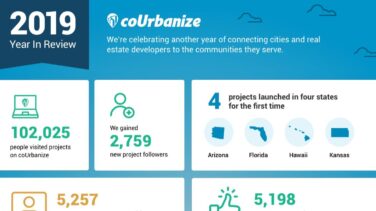 Take a look at the websites of the biggest and best names in real estate development. You’ll notice that many position themselves as placemakers. And for most staking a claim on placemaking, the moniker is well-deserved.
Take a look at the websites of the biggest and best names in real estate development. You’ll notice that many position themselves as placemakers. And for most staking a claim on placemaking, the moniker is well-deserved.
JBG SMITH describes what they do as “creating dynamic destinations that benefit communities and people.”
This headline greets you on Related’s homepage, “We create visionary neighborhoods and communities that transform urban life.” When you look at the projects that real estate companies like JBG SMITH and Related build – such as National Landing and Hudson Yards, respectively – it’s easy to validate these visions.
At coUrbanize, we define placemaking as the activation of a space that represents the uniqueness of that community – driving economic impact by giving people a place to gather. Candidly, not every new mixed-use development or public space fits this bill.
Too often, people expect the same placemaking efforts that worked in one neighborhood or one development to work in another. There are definitely common elements of placemaking that work no matter where you are. For example, everyone seems to want more green space. But you must go several layers deeper to design spaces, use cases and activities that reflect the particular fabric of the community.
Shawna De La Rosa from Bis Now Seattle perfectly sums up the true power of placemaking, “What if we built communities around public spaces? What if we chiseled neighborhoods into the city? Each area would have its own soul, its own identity.”
At the most basic level, placemaking starts by knowing your audience, who they are, what they value and how they’re connected to the neighborhood where you’re designing space. For example, placemaking looks different when you’re designing for office workers in an urban financial district who are only there from 9-5 vs. when you’re designing for people who work AND live in the same neighborhood.
Understanding your audience is just the start of the placemaking design process. We’re breaking down how to go from audience mapping to space activation in our new guide, Placemaking Done Right.
– Courtney Porcella, director of marketing at coUrbanize


